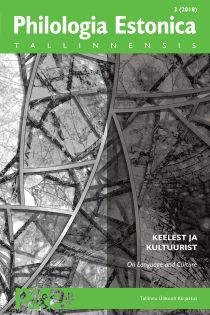Positive and negative politeness in spoken Lithuanian

Abstract
The aim of the research is to discuss the means of expression of positive and negative politeness in prepared and spontaneous spoken language. The research is based on the speech-act theory by Searle (1976) and the theory of positive and negative politeness by Brown and Levinson (1978, 2009). The research data are conversations from the Corpus of Spoken Lithuanian, which comprise semi-formal and formal communication in the media, academic discourse, and spontaneous communication in service domains. In total, the research data consist of 144,893 words. The research demonstrates that different politeness strategies are employed in different spoken language registers.
Keywords
corpus, expressives, directives, address, Lithuanian